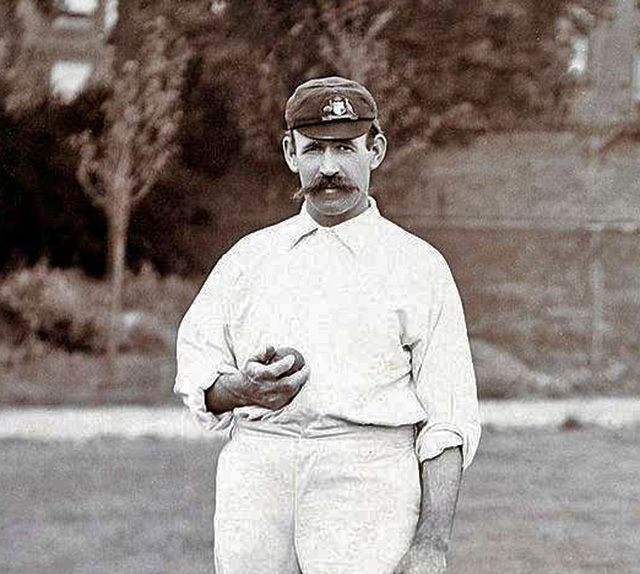The grip is crucial in fast bowling in cricket. The way a fast bowler holds the ball can significantly impact the movement, speed, and control of their deliveries.
By manipulating the grip, bowlers can generate swing and seam movement, controlling the angle and orientation of the seam. Grips like the cutter grip, off-cutter grip, and leg-cutter grip allow for variations in the deliveries, adding an element of surprise to the bowler's arsenal. A secure and comfortable grip enhances control and accuracy, allowing bowlers to hit desired lengths and lines consistently.
The grip also affects the release point and wrist action, contributing to generating pace and achieving desired movement. Having a repertoire of different grips enables bowlers to adapt to different conditions and game situations, adding versatility to their skill set. These variations keep batsmen guessing and add an element of surprise to the bowler's arsenal.
Overall, the grip is a fundamental aspect of fast bowling in cricket. It directly influences the movement, control, and variation in a bowler's deliveries. Bowlers need to experiment, refine their grips, and develop a strong understanding of how their grip influences their bowling to maximize their effectiveness on the field.
 every fast bowler knows the importance of grip
every fast bowler knows the importance of gripTypes of Grips for Fast Bowlers
A fast bowler in cricket can utilize various grips on the ball to generate different types of deliveries and impart movement. Here are some of the common grips used by fast bowlers:
-
Basic Seam Grip: The basic seam grip involves holding the ball with the seam positioned upright and running along the middle and index fingers. This grip allows the bowler to generate conventional swing by angling the seam and creating movement through the air.
-
Reverse Seam Grip: To achieve reverse swing, bowlers employ the reverse seam grip. In this grip, the seam is angled towards the little finger and the ball is held with the shiny side facing the leg side. It requires careful maintenance of the ball to achieve the desired reverse movement.
-
Cross Seam Grip: With the cross seam grip, the ball is held with the seam perpendicular to the fingers, running across the hand. This grip is often used to produce unpredictable bounce and seam movement off the pitch.
-
Cutter Grip: For cutters or slower deliveries, bowlers grip the ball with the index and middle fingers slightly across the seam. By positioning the seam at an angle, the ball is released with backspin, causing it to deviate off the pitch.
-
Off-Cutter Grip: An off-cutter grip is similar to the cutter grip, but the seam is angled towards the off side of the bowler. This grip, when combined with the appropriate wrist and finger movement, creates a delivery that moves away from the right-handed batsman (for a right-arm bowler).
-
Leg-Cutter Grip: The leg-cutter grip is similar to the off-cutter grip, but the seam is angled towards the leg side of the bowler. This grip, when combined with the appropriate wrist and finger action, produces a delivery that moves away from the left-handed batsman (for a right-arm bowler).
It's important to note that mastering these grips requires practice and experimentation to find what works best for each individual bowler. Additionally, maintaining the condition of the ball, following the rules and regulations set by the cricket authorities, is crucial for fair play.
Related Pages
- Cricket Bowling Tips For Fast Bowlers
- How to make a cricket ball swing
- Bowling Technique and Tips
- Batting Grips
- More cricket technique articles
- Fitness for cricket


 Current Events
Current Events